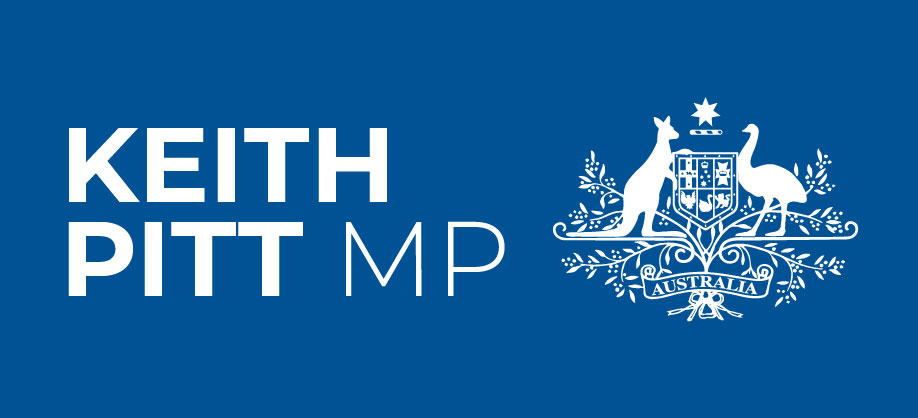Question Time – Private Health Insurance
Mr PITT (Hinkler) (14:43): My question is to the Minister for Health. Can the minister inform the House what this government is doing to improve private health insurance for rural and regional consumers? Can the minister also advise that there is a publicly available database where constituents living in regional areas like Hinkler can identify which private hospitals have contracts with health funds so that they can make an informed choice before purchasing private health insurance?
Ms LEY (Farrer—Minister for Health, Minister for Sport and Minister for Aged Care) (14:43): I often look at members of the Labor Party and wonder if any of them have ever risked a dollar of their own money in a small business, living the great Australian dream.
The SPEAKER: The Minister for Health will come to the question.
Ms LEY: When I look at the member for Hinkler I see it all—a man who has come through the ranks—
Honourable members interjecting—
The SPEAKER: Members on both sides will cease interjecting.
Ms LEY: worked hard in the sugar mill, built his own company, invested in training, sponsored young people and now has decided to give back by coming into this place. He really is a standout performer.
The member for Hinkler asks me about private health insurance as it relates to his rural and regional constituents. Having visited his electorate, I certainly understand that his people live on low incomes, fixed incomes, and they do their best to hang onto their private health insurance. We know that the stronger private health insurance is in Australia, the stronger public health is—because we do not find that people who would otherwise rely on private hospitals come to the emergency department of our public hospitals.
The member asks about the current private health insurance reforms. Clearly, responses to my survey into what people think about the private health insurance product have revealed that the premium increases are going up too fast—six per cent, every year, year-on-year—affordability is a problem and the product itself is not meeting their needs. So we in the Liberal and National parties are looking at ways to make consumers happier with private health insurance to deliver a product that meets their needs and support the health system as a whole.
There is a website that the member for Hinkler might like to refer to—privatehealth.gov.au—which he specifically has asked about, where constituents can see: ‘If I go to a certain private hospital what is the gap that I might have to pay and what hospitals will better meet my needs, depending on the type of insurance I have and the insurer I am with?’ This is an area that was really talked about through our private health consultations, because transparency and the ability to know what exactly your policy delivers—when and how, and where the known or no-gap site is—is really important.
I have had a positive response from insurers to my request to start considering a lower request of premium increase, and we are working well with those insurers. We are also looking at the prostheses list, because the costs that private health insurers pay for devices is very high, in Australia, compared to overseas, and there are regulatory aspects that we are also interested in to help ease the costs for the system as a whole. Once again, I think that member for Hinkler and I look forward to my next visit to his constituency.

